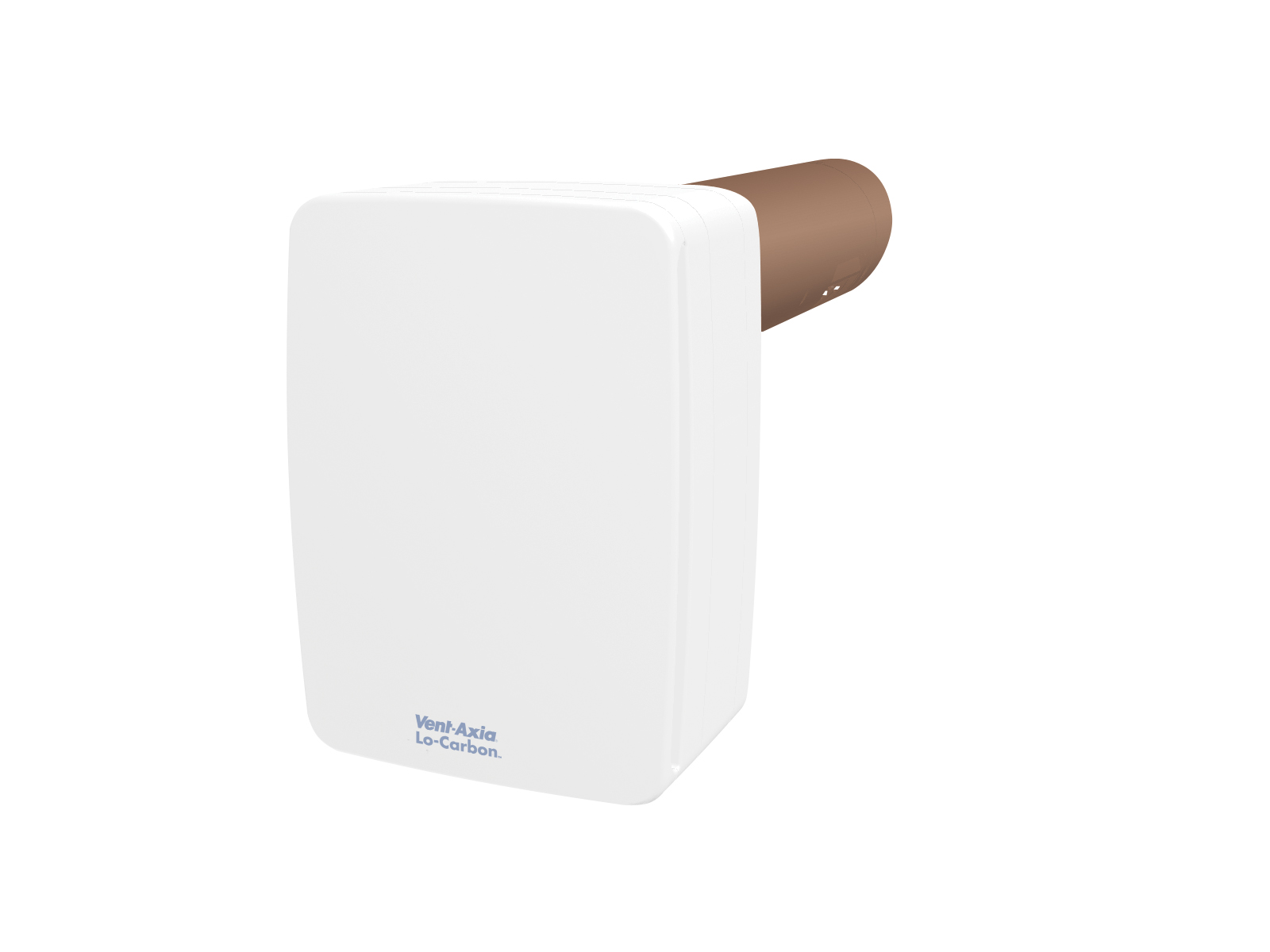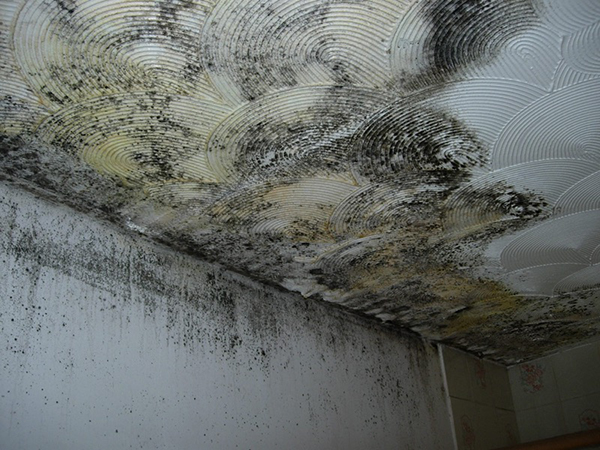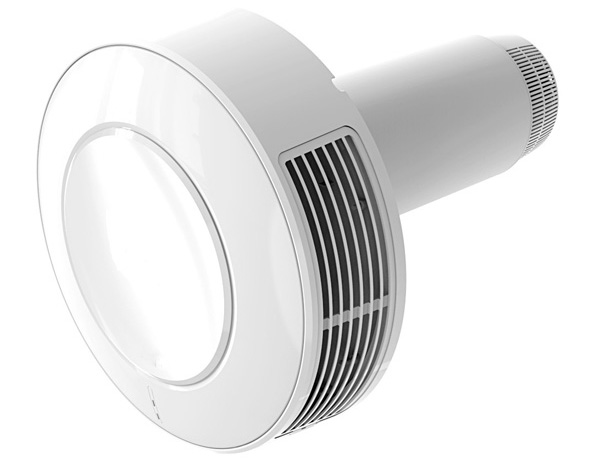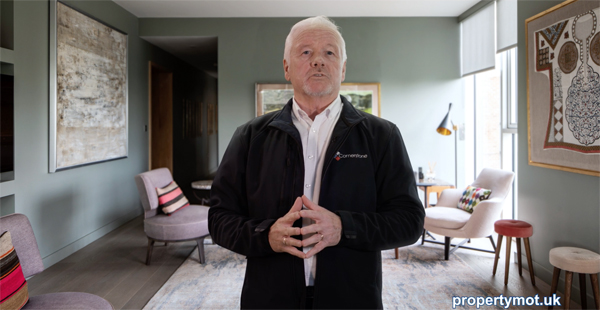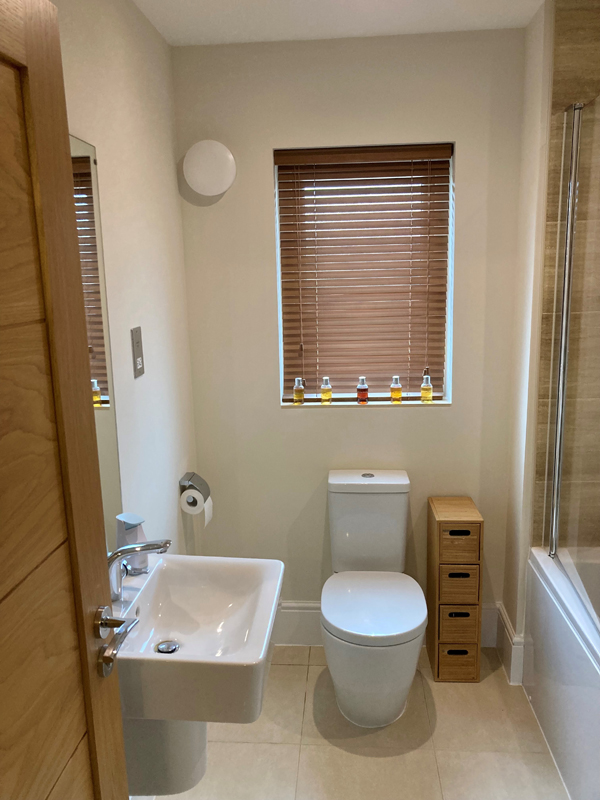Airtech Supports Radon Awareness Week
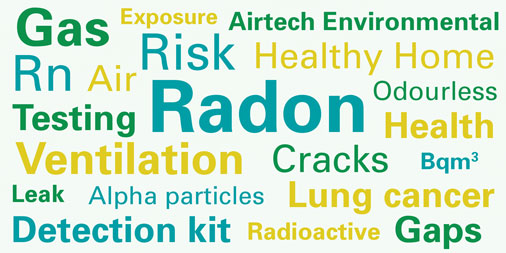
Airtech, the condensation, mould and radon specialists, is once again supporting UK Radon Awareness Week (6 - 12 November 2023) by helping raise awareness of the gas. Run by the UK Radon Association, this year’s UK Radon Awareness Week is aiming to ensure members of the public have a greater awareness and understanding of radon and the health risks it poses. Airtech is therefore advising households, private landlords and employers, to learn about radon and its health effects and to carry out a radon test in homes and workplaces to help protect families and employees.
- Read more about Airtech Supports Radon Awareness Week
- Log in to post comments














